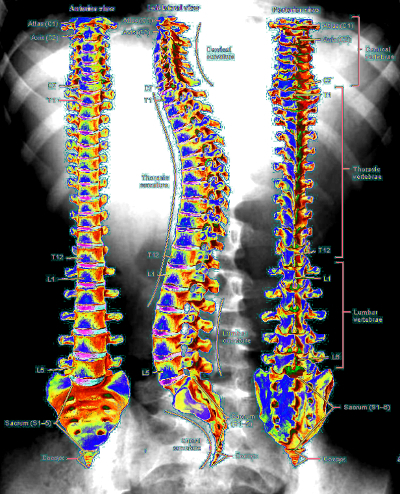Billions spent on bone pain
 Bad backs cost Australians billions of dollars a year.
Bad backs cost Australians billions of dollars a year.
More money was spent on musculoskeletal disorders, such as osteoarthritis and back pain, than any other disease, condition or injury in Australia, suggests a new report from the Australian Institute of Health and Welfare (AIHW).
AIHW experts have reviewed the spending of $136 billion across the health system in 2018–19. This represents 73 per cent of recurrent health spending ($185 billion), with the remainder unable to be attributed to specific diseases or injuries due to data limitations.
“Overall, musculoskeletal disorders attracted the most spending at $14 billion, followed by cardiovascular diseases [$11.8 billion], cancer and other neoplasms ($11.8 billion), and mental and substance use disorders [$10.5 billion],” says AIHW spokesperson Dr. Adrian Webster.
For admitted patients in public hospitals, cardiovascular diseases accounted for $4.4 billion in spending, followed by injury and gastrointestinal disorders at $3.8 billion each.
In private hospitals, the disease groups with the highest spending were musculoskeletal disorders ($4.9 billion), cardiovascular diseases ($2.5 billion) and cancer and other neoplasms ($2.5 billion).
In primary health care settings, oral disorders accounted for $7.8 billion in spending, followed by mental and substance use disorders ($4.2 billion), and cancer and other neoplasms ($3.7 billion).
“As we age, spending on our health generally increases – the highest spending was for those aged 70–74 and the lowest for those aged 5–9 years,” Dr Webster said.
“For males, the bulk of spending tends to occur later in life. However, spending for females between the ages of 20 to 45 is substantially higher than for males, largely due to spending on birth and reproduction related conditions.”








 Print
Print